

Articles
Top Of Foot Pain When Walking Down Stairs
Modified: December 7, 2023
Get relief from top of foot pain when walking down stairs with these helpful articles. Find out what causes the pain and how to prevent it yourself.
(Many of the links in this article redirect to a specific reviewed product. Your purchase of these products through affiliate links helps to generate commission for Storables.com, at no extra cost. Learn more)
Introduction
Foot pain can be a common complaint, especially when performing activities such as walking or running. One specific type of foot pain that often troubles individuals is pain at the top of the foot when walking downstairs. This type of pain can be debilitating and interfere with daily activities.
Walking downstairs requires a complex coordination of muscles, tendons, and joints in your feet. When pain is experienced at the top of the foot during this movement, it can be distressing and limit your mobility. Understanding the causes of top of foot pain when walking downstairs is crucial in finding the appropriate treatment and relief.
In this article, we will explore the various causes of top of foot pain when walking downstairs, common injuries and conditions associated with this type of pain, as well as the diagnosis, treatment, prevention, and home care options available to alleviate the discomfort. Let’s delve into the details, so you can gain a better understanding of this condition and find effective ways to manage it.
Key Takeaways:
- Understanding the causes, seeking proper diagnosis, and implementing preventive measures can effectively manage top of foot pain when walking downstairs. Consult with a healthcare professional for personalized advice and guidance.
- Prevention and home care play a vital role in managing and preventing top of foot pain. Incorporating habits like wearing proper footwear, gradual activity increase, and listening to your body can help reduce the risk of foot injuries.
Read more: Knee Pain When Coming Down Stairs
Causes of Top of Foot Pain
There are several possible causes of top of foot pain when walking downstairs. Understanding these causes can help pinpoint the underlying issue and guide appropriate treatment. Here are some common causes:
- Foot Sprain or Strain: One of the most common causes of top of foot pain is a sprain or strain. This can occur when the foot is twisted or overstretched, leading to damage in the ligaments, tendons, or muscles. Walking downstairs puts additional stress on the foot, exacerbating the pain.
- Stress Fracture: A stress fracture is a tiny crack in a bone, often resulting from repetitive strain or overuse. Walking downstairs can increase the pressure on the foot, contributing to the development of stress fractures in the metatarsal bones or other foot structures.
- Tendonitis: Tendonitis refers to the inflammation of a tendon. When tendons in the foot become inflamed, it can cause pain at the top of the foot, especially when walking downstairs. Tendonitis can occur due to repetitive movements, excessive use, or improper footwear.
- Morton’s Neuroma: Morton’s neuroma is a painful condition that affects the nerves between the toes, most commonly the third and fourth toes. This can cause sharp, shooting pain in the top of the foot, which can be exacerbated when descending stairs. The squeezing action of the toes makes the neuroma more symptomatic.
- Arthritis: Arthritis can cause inflammation and joint pain in various parts of the body, including the feet. Osteoarthritis and rheumatoid arthritis are common types that can lead to top of foot pain when walking downstairs. The repetitive motion of stairs can aggravate the inflamed joints, causing discomfort.
- Tight Footwear: Wearing shoes that are too tight or ill-fitting can cause pressure on the top of the foot. When walking downstairs, the added force can worsen the pain. Ensuring proper footwear with adequate support and cushioning can help alleviate this type of foot pain.
These are just a few of the potential causes of top of foot pain when walking downstairs. It is essential to consult with a healthcare professional for an accurate diagnosis and appropriate treatment plan tailored to your specific condition.
Common Injuries and Conditions
When experiencing top of foot pain when walking downstairs, it’s important to consider the specific injuries and conditions that could be contributing to the discomfort. Here are some common ones:
- Metatarsal Fracture: A metatarsal fracture refers to a break in one of the long bones of the foot. Fractures can occur due to traumatic injuries or overuse. Walking downstairs can aggravate the pain and cause further damage to the fractured bone.
- Tarsal Coalition: Tarsal coalition is a condition where two or more bones in the foot are abnormally fused together, limiting their movement. This can lead to pain and stiffness in the foot, especially when performing activities such as walking downstairs.
- Tendon Injury: Injuries to the tendons in the foot can cause top of foot pain. This includes conditions such as tendon tears, tendonitis, or tenosynovitis. These injuries can be caused by repetitive movements, sudden trauma, or degeneration over time.
- Extensor Tendonitis: Extensor tendonitis is the inflammation of the tendons on the top of the foot. It can be caused by repetitive movements or overuse, leading to pain at the top of the foot during activities like walking downstairs.
- Lisfranc Injury: A Lisfranc injury occurs when there is a sprain or fracture at the midfoot, specifically involving the metatarsals and the tarsal bones. This injury can cause severe pain at the top of the foot and may require medical intervention for proper healing.
- Gout: Gout is a form of arthritis characterized by the buildup of uric acid crystals in the joints, including the foot. Gout attacks can cause sudden, intense pain and swelling, and walking downstairs can exacerbate the discomfort.
- Foot Arthritis: Various forms of arthritis can affect the foot, such as osteoarthritis and rheumatoid arthritis. These conditions can result in joint inflammation, pain, and stiffness, making walking downstairs a painful activity.
These are just a few examples of the common injuries and conditions that can cause top of foot pain when walking downstairs. It’s crucial to consult a healthcare professional to properly diagnose your specific condition and determine the best course of treatment.
Diagnosis and Treatment
When experiencing top of foot pain when walking downstairs, it’s important to seek proper diagnosis and treatment to alleviate the discomfort. The following steps are commonly taken to determine the underlying cause and provide appropriate care:
1. Physical Examination: A healthcare professional will start by conducting a physical examination of your foot, observing any visible signs of injury or inflammation. They will also ask you about your symptoms, medical history, and any recent activities that may have contributed to the pain.
2. Imaging Tests: In some cases, imaging tests such as X-rays, MRIs, or CT scans may be recommended to get a detailed view of the foot structures and identify any fractures, sprains, or abnormalities that could be causing the pain.
3. Blood Tests: Blood tests may be ordered to check for any signs of inflammation, infection, or underlying medical conditions such as gout or rheumatoid arthritis.
4. Conservative Treatment: Depending on the diagnosis, initial treatment options may involve conservative measures. These can include rest, ice, compression, and elevation (RICE), anti-inflammatory medications, physical therapy exercises, and the use of supportive footwear or orthotics.
5. Immobilization: In cases of fractures or severe tendon injuries, immobilization with a cast, brace, or splint may be necessary to promote healing and prevent further damage.
6. Medications: Nonsteroidal anti-inflammatory drugs (NSAIDs) can help alleviate pain and reduce inflammation. In some cases, corticosteroid injections may be recommended to target specific areas of inflammation.
7. Surgical Intervention: If conservative treatments fail to provide relief or if there is a severe injury or condition that requires surgical intervention, your healthcare provider may recommend surgical procedures such as tendon repair, fracture fixation, or joint fusion.
8. Rehabilitation: Once the acute pain and inflammation have subsided, a rehabilitation program, including exercises to restore strength, flexibility, and range of motion, may be prescribed to fully recover and prevent future injuries.
It is important to note that the above treatment options are general guidelines and specific treatment plans will depend on the underlying cause and severity of your condition. Consulting with a medical professional is crucial to receive personalized advice and appropriate treatment for your top of foot pain.
Stretch and strengthen the muscles in your feet and ankles to help alleviate top of foot pain when walking down stairs. Consider using a tennis ball to massage the bottom of your foot to relieve tension.
Prevention and Home Care
Prevention and home care play a vital role in managing and preventing top of foot pain when walking downstairs. Here are some strategies you can incorporate into your routine:
1. Wear Proper Footwear: Choose shoes that provide adequate arch support, cushioning, and a proper fit. Avoid wearing shoes that are too tight or too loose, as this can lead to excessive pressure on the top of the foot.
2. Use Orthotics: If you have foot abnormalities or conditions that require additional support, consider using orthotic inserts in your shoes. These can help redistribute pressure and provide proper alignment.
3. Gradual Increase in Activity: When starting a new exercise or activity regimen, gradually increase the intensity and duration to allow your feet time to adapt and avoid overuse injuries.
4. Stretch and Strengthen: Incorporate foot and ankle stretching and strengthening exercises into your routine. This can help improve the flexibility and stability of the foot, reducing the risk of injuries.
5. Maintain a Healthy Weight: Excess weight can put additional stress on your feet and increase the risk of foot pain. Maintaining a healthy weight can help alleviate pressure and reduce the likelihood of injuries.
6. Practice Good Foot Hygiene: Keep your feet clean and moisturized to prevent dryness and cracking. Trim your toenails regularly and avoid wearing dirty or wet shoes, as this can lead to fungal infections.
7. Rest and Ice: If you experience any foot pain or discomfort, give your feet adequate rest and apply ice or cold packs to reduce inflammation and relieve pain.
8. Use Over-the-Counter Pain Medication: Nonsteroidal anti-inflammatory drugs (NSAIDs) such as ibuprofen can temporarily alleviate pain and reduce inflammation. However, it’s essential to follow the recommended dosage and consult with a healthcare professional if you have any underlying conditions or concerns.
9. Modify Activities: If a specific activity consistently triggers top of foot pain, try modifying or avoiding it temporarily to allow your foot to heal. You can substitute high-impact exercises with low-impact alternatives that put less stress on your feet.
10. Listen to Your Body: Pay attention to any signs of foot pain or discomfort and don’t push through severe pain. Rest, seek professional advice, and allow your body time to heal.
Remember, prevention and self-care are essential components in managing top of foot pain. Incorporating these habits into your lifestyle can help prevent further injuries and improve your overall foot health.
When to Seek Medical Attention
While many cases of top of foot pain can be managed with home care and self-treatment, there are instances when it is necessary to seek medical attention. Here are some signs that indicate you should consult a healthcare professional:
- Severe or Persistent Pain: If your foot pain is severe, worsening, or persisting despite rest and home care measures, it is important to have it evaluated by a medical professional.
- Inability to Bear Weight: If you are unable to put weight on the foot or walk without significant pain, it may indicate a more severe injury or condition that requires medical attention.
- Visible Deformity or Swelling: If your foot appears visibly deformed, swollen, or there is a noticeable change in its shape, it is important to see a healthcare professional to rule out any fractures or severe injuries.
- Numbness or Tingling: If you experience numbness, tingling, or a loss of sensation in the foot or toes, it could be a sign of nerve compression or damage that requires medical evaluation.
- Difficulty Moving the Foot: If you are experiencing difficulty moving your foot or have limited range of motion, it may indicate a more serious underlying condition that needs medical attention.
- Systemic Symptoms: If you have additional symptoms such as fever, chills, redness, warmth, or signs of infection, it is important to seek medical attention promptly, as it may indicate an infection or other systemic condition.
- Chronic or Recurring Pain: If you have been experiencing chronic or recurring top of foot pain, it is advisable to consult with a healthcare professional to identify potential underlying causes and establish a management plan.
- Previous Injuries or Chronic Conditions: If you have a history of foot injuries or chronic foot conditions, it is important to seek medical attention to ensure appropriate diagnosis and treatment.
By seeking medical attention, you can receive a proper diagnosis, prevent further complications, and receive appropriate treatment tailored to your specific condition. Remember, it is always better to err on the side of caution and consult a healthcare professional if you are unsure about the cause or severity of your foot pain.
Conclusion
Experiencing top of foot pain when walking downstairs can be debilitating and impact your daily activities. Understanding the causes, common injuries, and conditions associated with this type of pain is crucial in finding relief and managing the discomfort effectively.
In this article, we explored various causes of top of foot pain, including foot sprains or strains, stress fractures, tendonitis, Morton’s neuroma, arthritis, and tight footwear. We also discussed common injuries and conditions such as metatarsal fractures, tarsal coalition, tendon injuries, extensor tendonitis, Lisfranc injuries, gout, and foot arthritis.
Diagnosis and treatment are essential in addressing top of foot pain. Through physical examinations, imaging tests, and blood tests, healthcare professionals can accurately diagnose the underlying cause. Treatment options may include rest, immobilization, medication, physical therapy, and in some cases, surgical intervention.
Prevention and home care are key in managing and preventing top of foot pain. Measures such as wearing proper footwear, using orthotics, gradual activity increase, stretching and strengthening exercises, and maintaining a healthy weight can help reduce the risk of foot injuries. Additionally, listening to your body, practicing good foot hygiene, and utilizing over-the-counter pain medication can provide relief.
It is important to know when to seek medical attention for top of foot pain. Severe or persistent pain, inability to bear weight, visible deformity or swelling, numbness or tingling, difficulty moving the foot, systemic symptoms, chronic or recurring pain, and previous injuries or chronic conditions all warrant medical evaluation.
Overall, by understanding the causes, seeking proper diagnosis, and implementing preventive measures, you can effectively manage top of foot pain when walking downstairs. Consult with a healthcare professional to receive personalized advice and guidance for your specific condition. With the right approach, you can regain your mobility and alleviate the discomfort, allowing you to resume your daily activities without hindrance.
Frequently Asked Questions about Top Of Foot Pain When Walking Down Stairs
Was this page helpful?
At Storables.com, we guarantee accurate and reliable information. Our content, validated by Expert Board Contributors, is crafted following stringent Editorial Policies. We're committed to providing you with well-researched, expert-backed insights for all your informational needs.


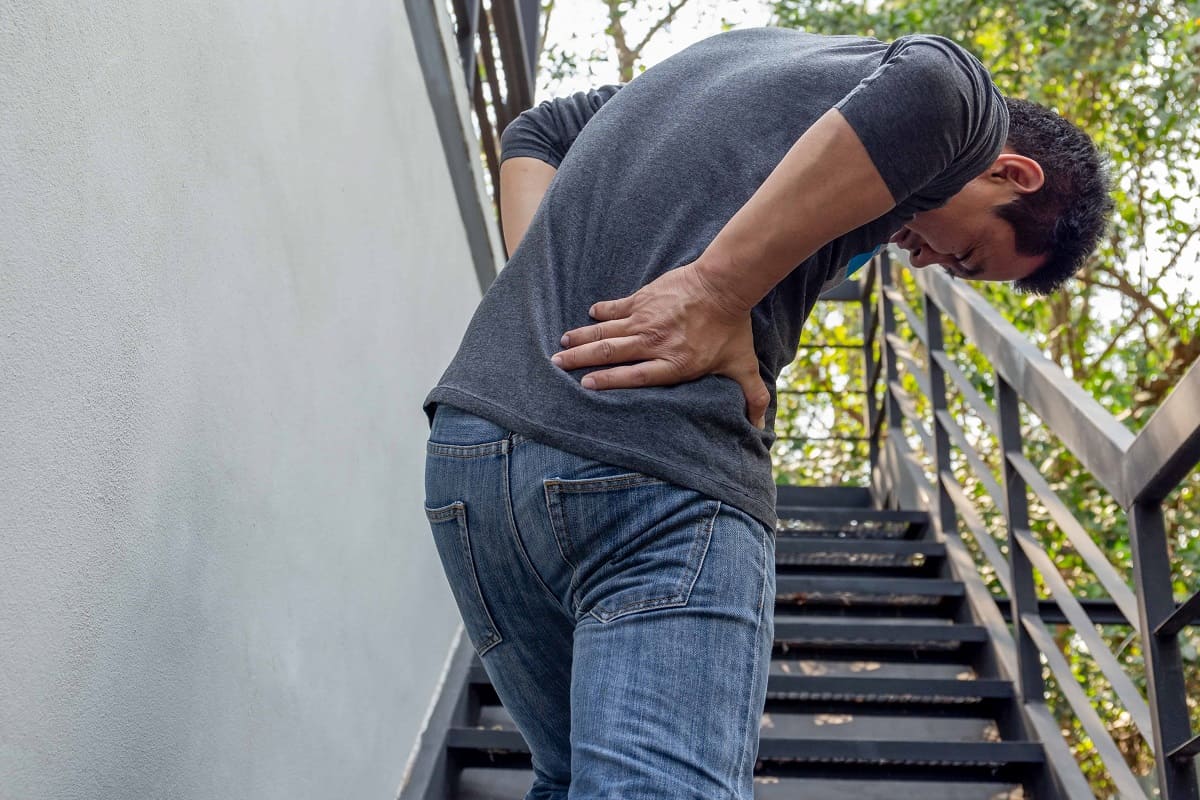
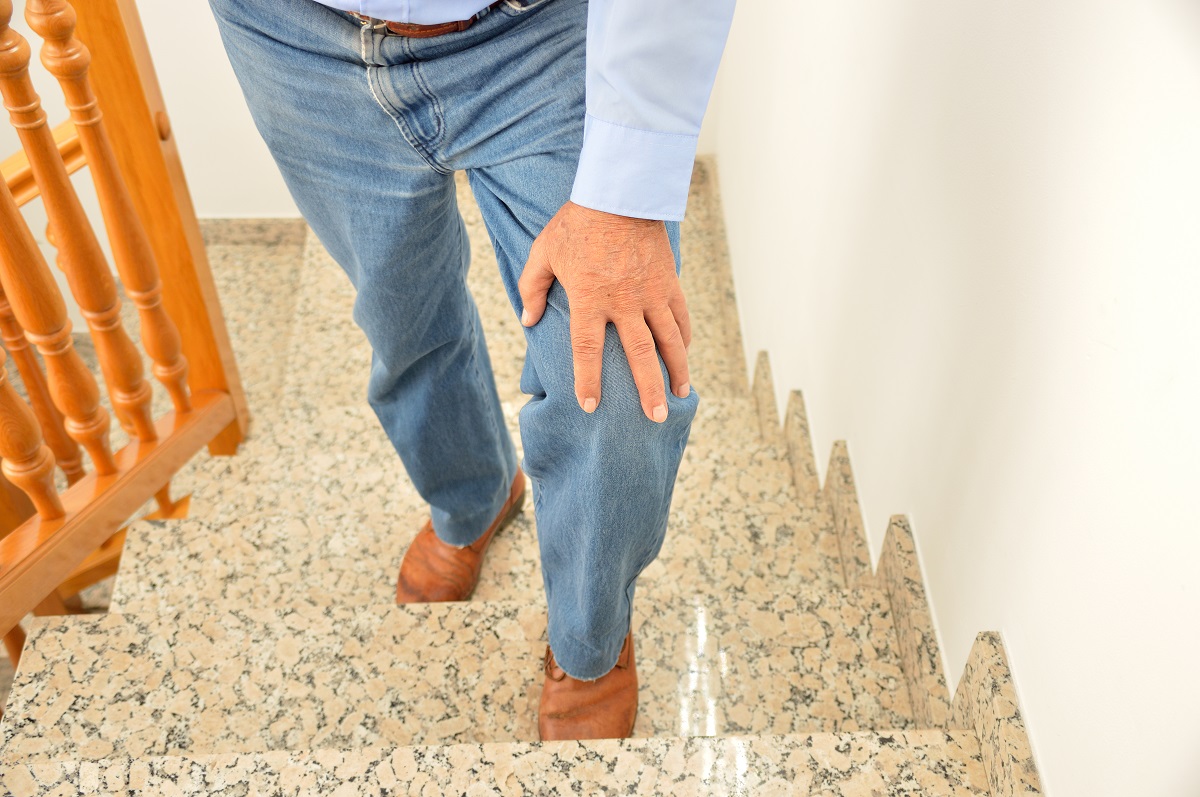

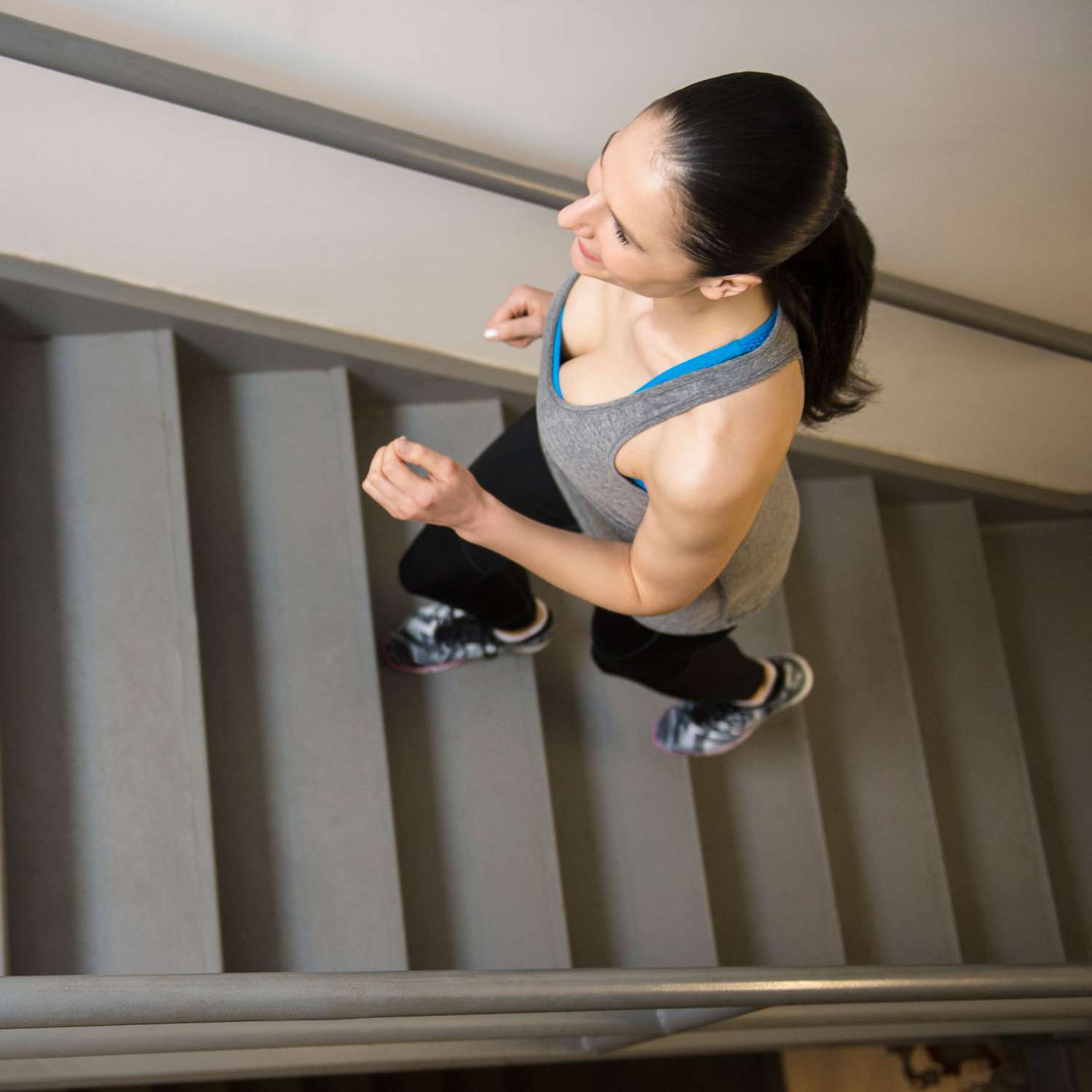
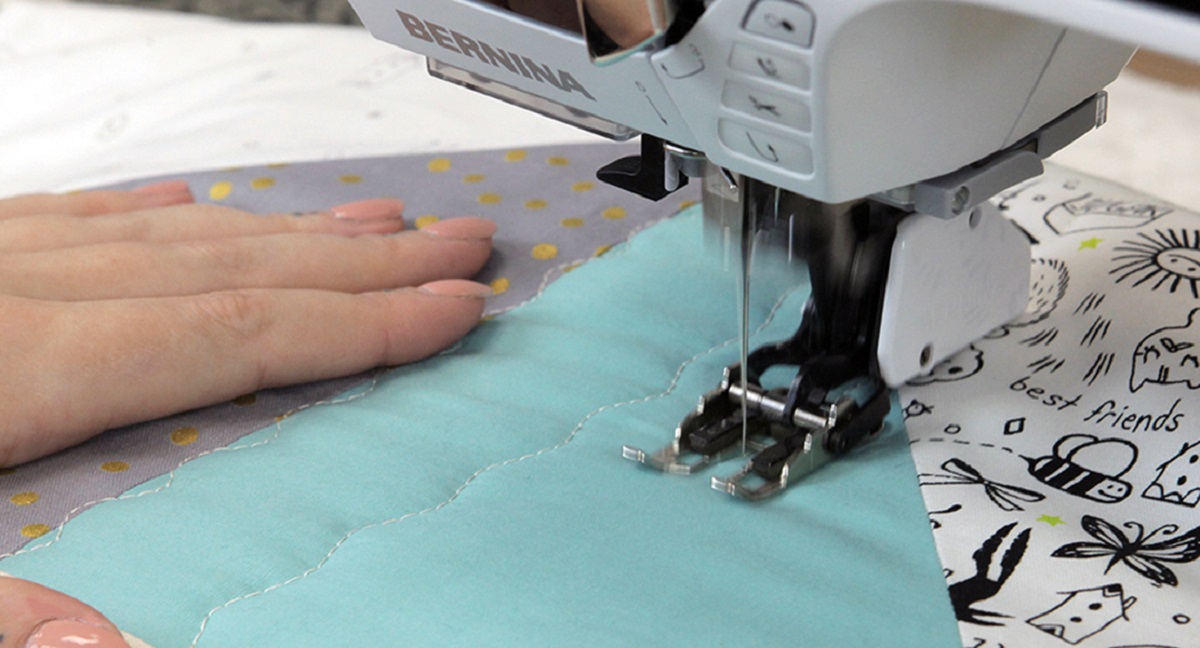

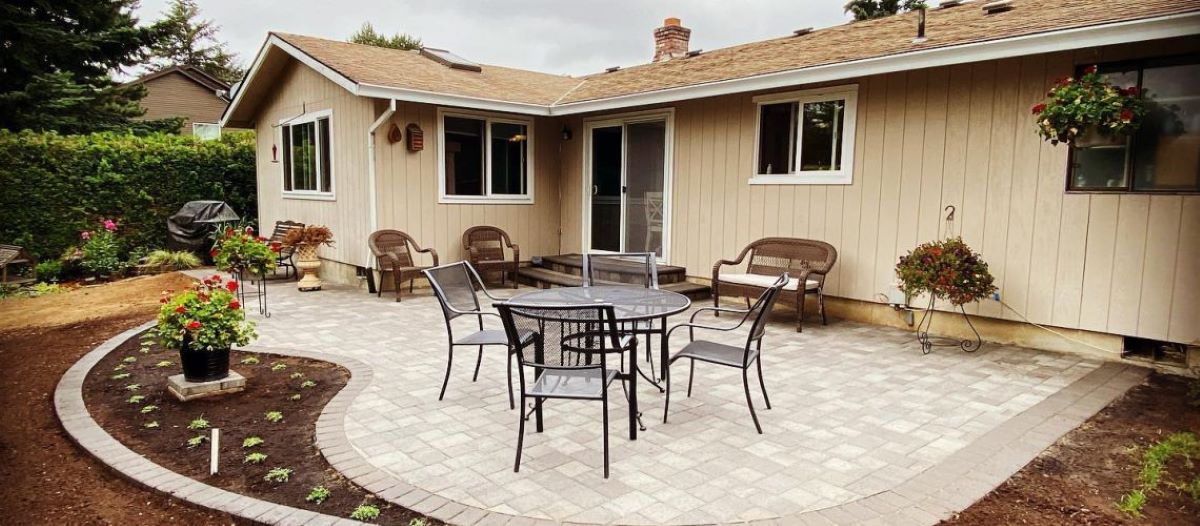
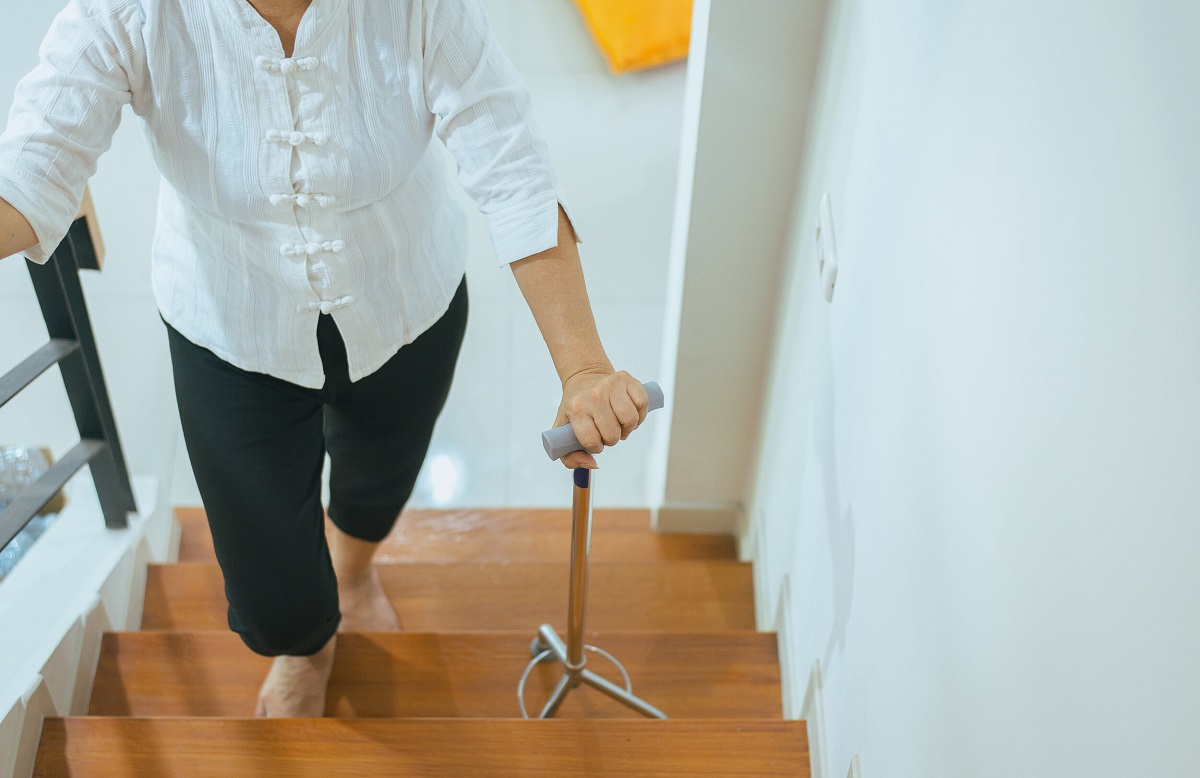
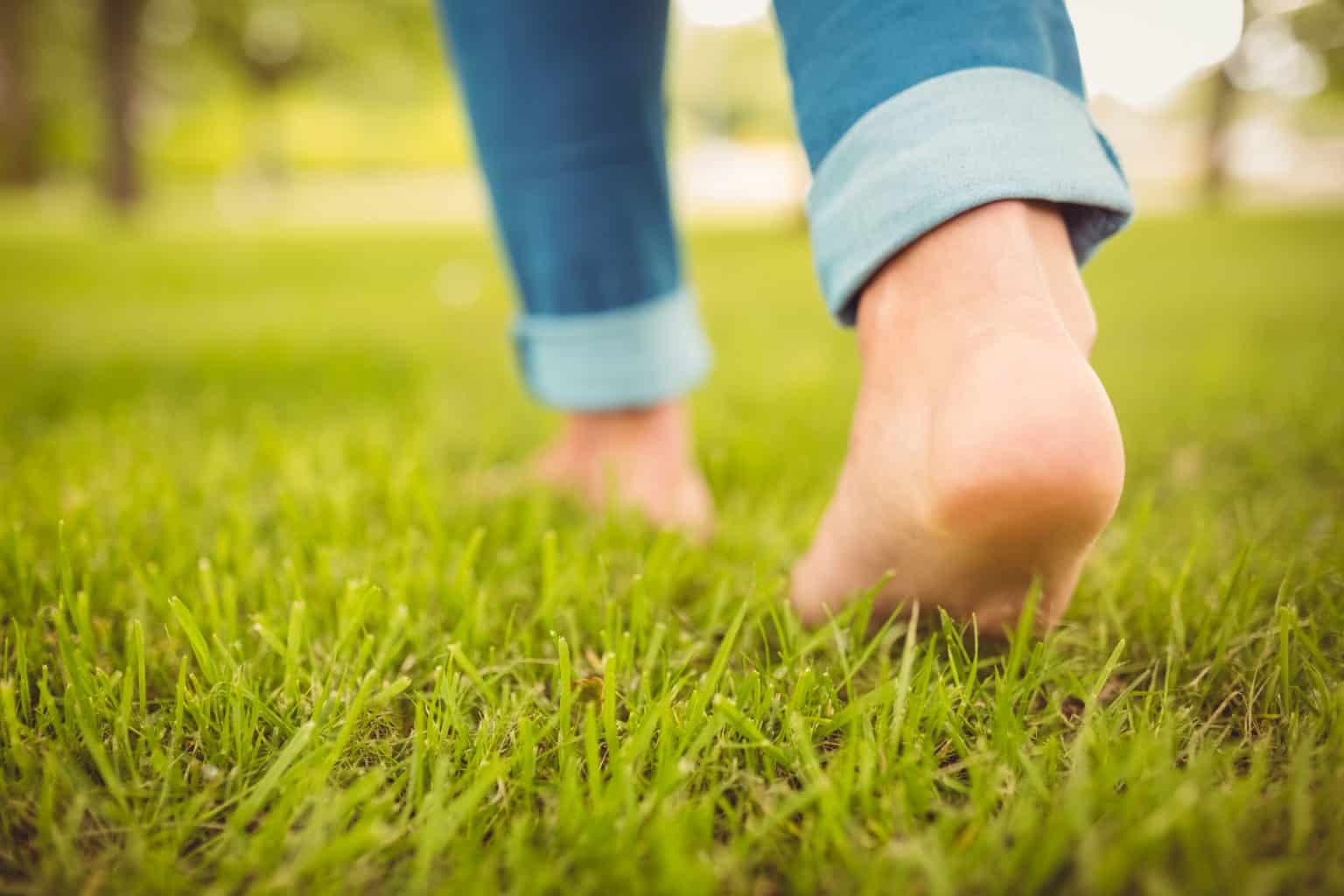

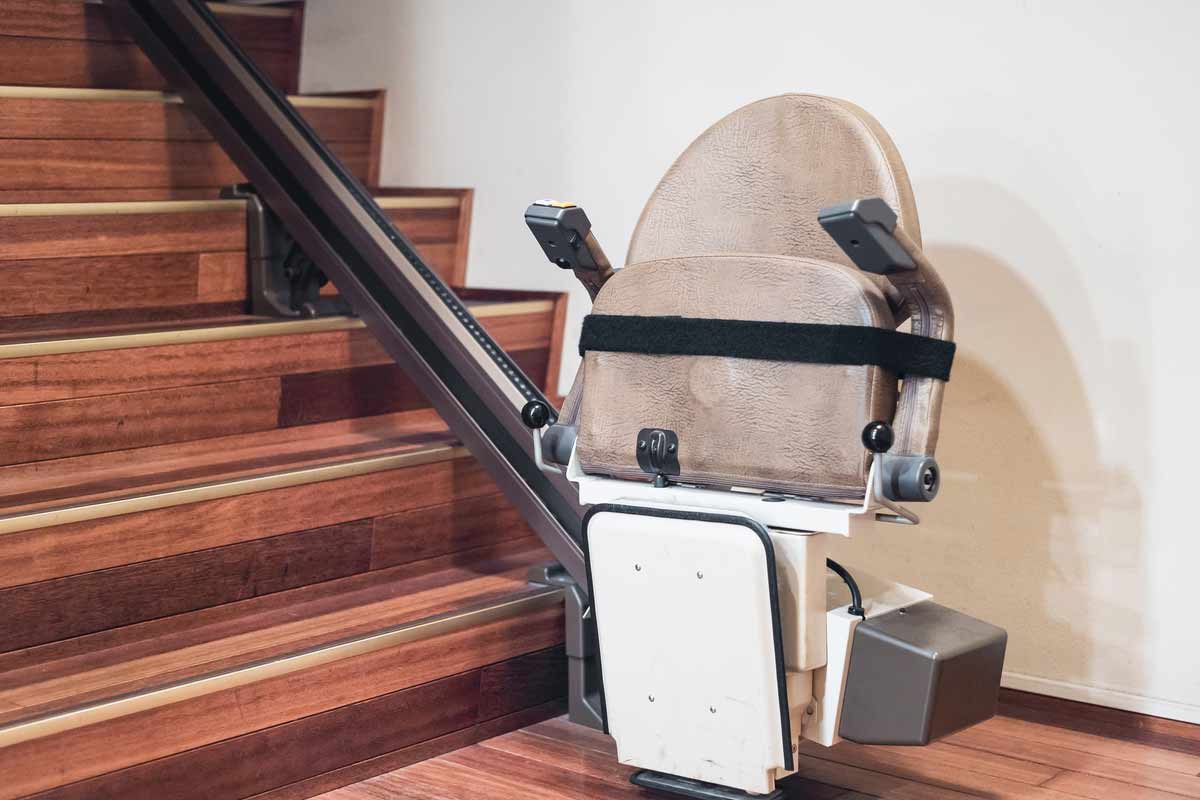
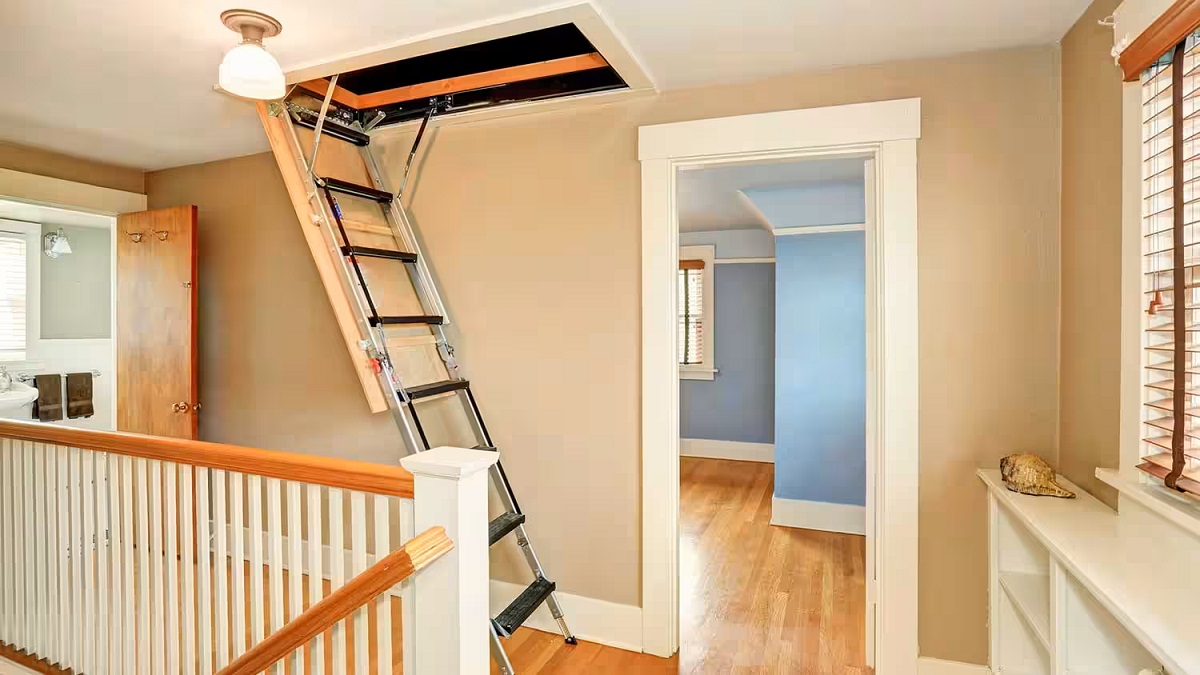

0 thoughts on “Top Of Foot Pain When Walking Down Stairs”